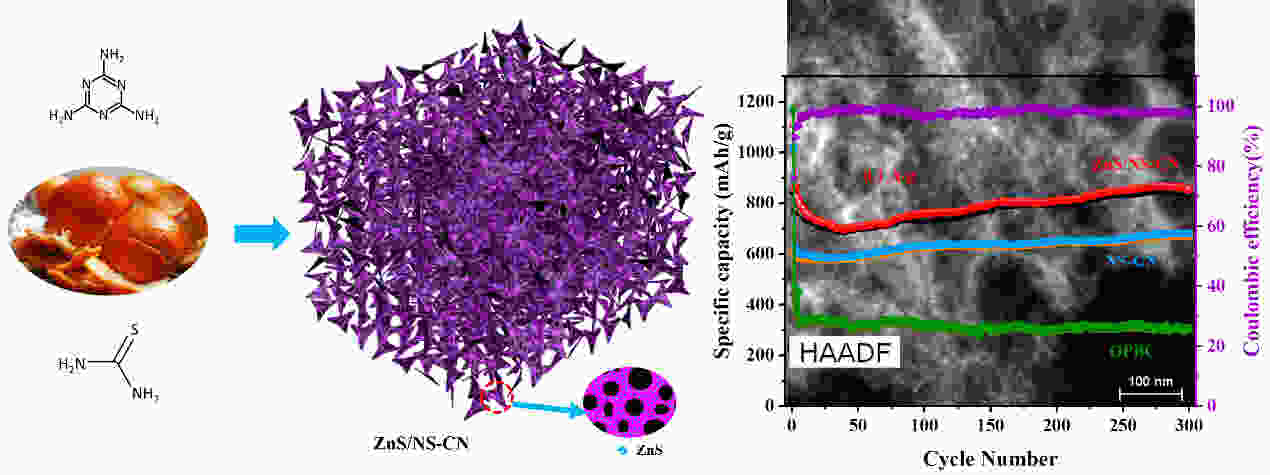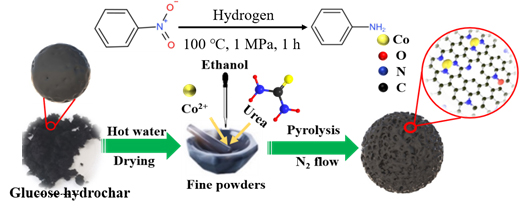2023 Vol. 38, No. 3
2023, 38(3): 405-437.
doi: 10.1016/S1872-5805(23)60736-X
Abstract:
2023, 38(3): 438-458.
doi: 10.1016/S1872-5805(23)60740-1
Abstract:
2023, 38(3): 459-477.
doi: 10.1016/S1872-5805(23)60743-7
Abstract:
2023, 38(3): 478-495.
doi: 10.1016/S1872-5805(23)60742-5
Abstract:
2023, 38(3): 496-509.
doi: 10.1016/S1872-5805(23)60730-9
Abstract:
2023, 38(3): 510-521.
doi: 10.1016/S1872-5805(23)60731-0
Abstract:
2023, 38(3): 522-533.
doi: 10.1016/S1872-5805(23)60733-4
Abstract:
2023, 38(3): 534-542.
doi: 10.1016/S1872-5805(23)60737-1
Abstract:
2023, 38(3): 543-554.
doi: 10.1016/S1872-5805(23)60726-7
Abstract:
2023, 38(3): 555-565.
doi: 10.1016/S1872-5805(23)60723-1
Abstract:
2023, 38(3): 566-575.
doi: 10.1016/S1872-5805(23)60738-3
Abstract:
2023, 38(3): 576-582.
doi: 10.1016/S1872-5805(23)60727-9
Abstract:


 Abstract
Abstract HTML
HTML PDF
PDF













 Classified Collection
Classified Collection

 Email alert
Email alert RSS
RSS Download
Download Links
Links

